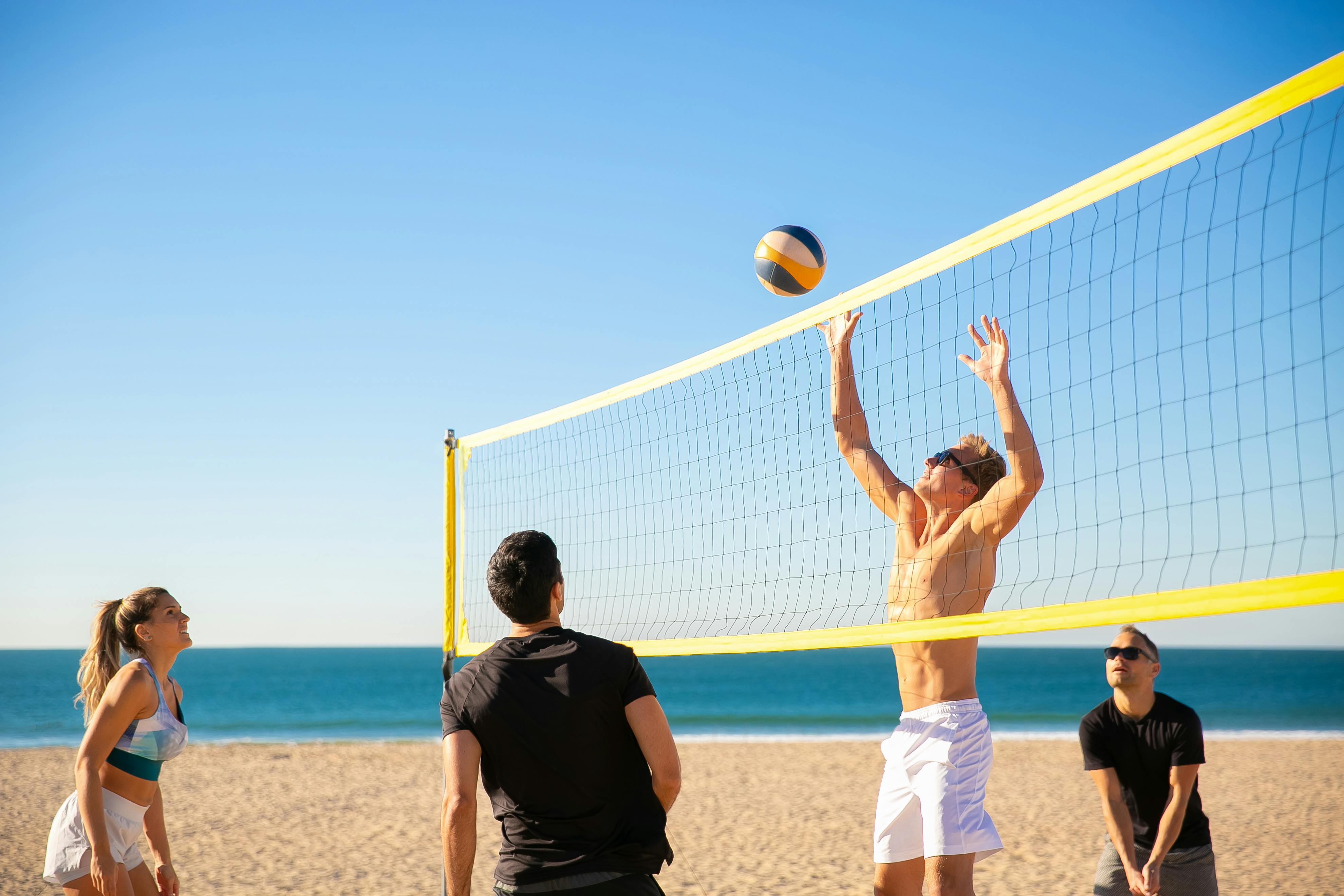When someone mentions the Caribbean island of Aruba, the first things that come to mind are images of sunshine, white-sand beaches and turquoise waters, or perhaps great shopping at world-class boutiques, or perhaps the chance to try your luck at one of the elegant casinos on the island. But there is much more to this small island that has a distinct mix of Dutch, Latin American and native cultures than meets the eye.
Just 18 miles off the coast of Venezuela, Aruba is in a dry, hurricane-free zone, making it an ideal destination year-round. Combine its perfect warm and breezy weather with its scenic wonders, friendly people, vibrant culture, delicious food, great accommodations and an exhilarating array of activities and Aruba offers a great vacation guaranteed.
Aruba’s unique geography, language, music, art, cuisine, commerce and a host of other interesting features make it a great place to visit and an even better place to live.
The natural environment is one of Aruba’s most precious assets and one that the people of Aruba are dedicated to preserving. The beautiful sugar-white sand beaches and crystal clear aquamarine water are important to Arubans, which is why a reef cleanup project began over a decade ago to preserve the marine environment for beachgoers, water sports enthusiasts and divers alike.
The Aruba Department of Agriculture and Livestock is also involved in the preservation of the sea turtle, an endangered species.
Comprising about 17 percent of the island of Aruba, the 3,400-hectare Arikok National Park features a desert landscape with boulders, cacti, bright turquoise or green lizards, wild goats and other endangered species, including Aruba’s parrot and rattlesnake species. The National Park was designed in the first place for the people of Aruba, to preserve the area for future generations but of course tourism also has a great benefit with a visitor, hiking trails, beaches and caves where glyphs can be found pre-columbian seen.
While Arubans work hard to preserve the natural environment, they are also dedicated to maintaining their cultural heritage. One effort is to support the language of Papiamento, a unique combination of Dutch, Spanish, English, and other influences.
Aruban music has distinctive rhythms like the waltz, the tumba, the dance, and the mazurka and interesting instruments like the huiro and the tingilingi box. These can be experienced in hotels and restaurants where dancers and musicians perform, as well as in the annual Carnival celebrations and the weekly Bon Bini show at the historic Fort Zoutmann in Oranjestad.
A short drive from Oranjestad is San Nicolas, Aruba’s second largest city, a community with its own special character. An oil refinery town that lived in its heyday before the mid-1980s, San Nicolas went through an aggressive development plan in recent years to create a better atmosphere not only for the 45 nationalities that live there, but also for The tourism. Among the newly renovated streets and buildings is an unusual St Nicholas treasure that makes a visit worthwhile, Charlie’s Bar. A family business for three generations, its walls are covered with license plates, artwork, sports memorabilia, marine paraphernalia, police shields, pictures of beauty contestants and just about anything visitors want to display to record their visit.
Aruba has a variety of excellent restaurants. Some of them serve authentic Aruban specialties, while others offer cuisine from around the world. Although Aruba doesn’t have a lot of arable land, programs spearheaded by the Department of Agriculture have been designed to try to ensure that part of every dish eaten in Aruba is grown naturally in Aruba, whether it’s fruit, a goat dish, seafood or the herbs used to season it.
One crop that grows well in Aruba’s dry and windy climate is the aloe vera plant. These plants are processed into two main product lines, a hard chewing gum for use in laxative medications and a gel used in various cosmetic and skin care products. You can take a tour of an aloe vera facility to learn about the harvesting and manufacturing process.
In addition to agricultural products, another essential substance is provided to Arubans, thanks to a technological process that turns an abundant resource into something that benefits both native Arubans and tourists. The lack of natural freshwater forces Arubans to source their drinking water through a desalination plant that converts seawater into fresh, tasty water that comes pure straight from the tap. Not only is it safe to drink, but it has garnered such rave reviews that a glass of Aruban water has been given the name Balashi Cocktail after the location of the water desalination facility.
Beautiful weather, both tropical and desert scenery, plenty of activities in and out of the water, great food, and clean, fresh water to drink are all great reasons why tourists return to Aruba again and again. To these can be added the warm people of Aruba, whose love for their island and genuine friendliness cannot help but express themselves to visitors.
